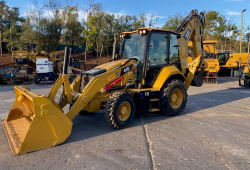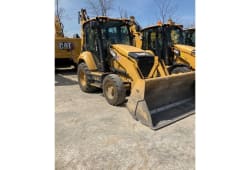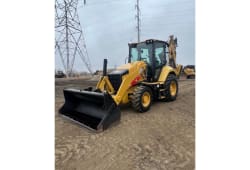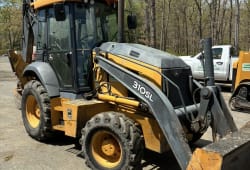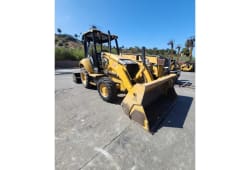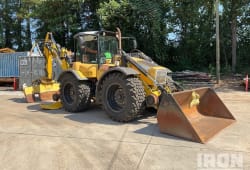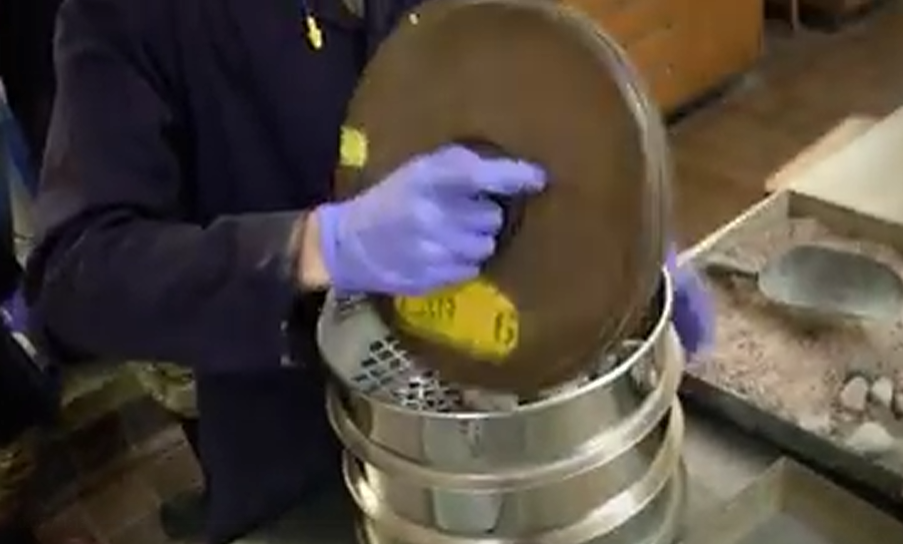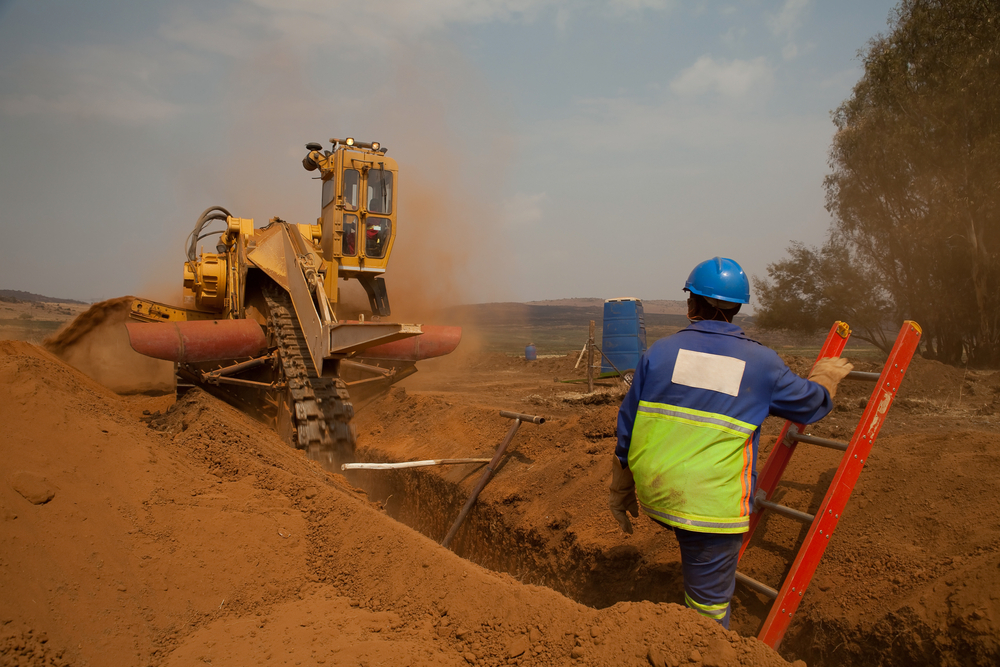New Construction Inspections: Complete Guide, Phases, and Checklist for 2025
4 Lectura mínima
)
octubre 7, 2025
Building a new home or commercial space is exciting - but before you can move in or open the doors, your project must pass a series of new construction inspections. These inspections ensure every part of your build is safe, up to code, and structurally sound.
In this guide, we’ll walk you through what new construction inspections involve, each phase of construction inspection, and a helpful new construction inspections checklist to keep you on track.
What Are New Construction Inspections?
New construction inspections are a series of mandatory or recommended checks conducted throughout the building process to ensure compliance with building codes, safety regulations, and design plans. These inspections are typically performed by local building authorities, third-party inspectors, or licensed engineers.
The primary goal? To catch issues early, prevent costly mistakes, and ensure your building is safe, functional, and ready for occupancy.
The Key Phases of Construction Inspection
Construction inspections are not a one-time event-they happen in phases as your project progresses. Here are the core phases you should expect:
1. Site and Foundation Inspection
:format(webp))
Before concrete is poured, inspectors check:
- Soil grading and compaction
- Footings and drainage
- Rebar placement
- Anchor bolts and formwork
This phase ensures your foundation is stable and ready to support the structure.
2. Framing Inspection
This inspection happens after the basic structure is built but before walls are enclosed. Inspectors evaluate:
- Load-bearing walls and framing components
- Roof trusses, beams, and floor joists
- Fire blocking and structural connections
Any issues here can severely impact structural integrity, so it’s a critical step.
3. Mechanical, Electrical & Plumbing (MEP) Inspection
Once your MEP systems are roughed in, inspectors look at:
- HVAC ductwork and equipment placement
- Electrical wiring and breaker panels
- Plumbing pipe layout, vents, and drains
This phase ensures your essential systems are safe, correctly installed, and accessible for repairs later.
4. Insulation and Energy Efficiency Inspection
Before drywall goes up, the insulation is inspected to ensure:
- Proper R-values for your climate zone
- Vapor barriers are installed where needed
- No major gaps or compression in insulation
This step directly impacts your home’s energy performance and long-term comfort.
5. Drywall and Interior Inspection
Walls are up, and it's time for a quick check to ensure:
- Drywall is installed correctly
- Fire-resistant materials are used where needed
- Stairs, handrails, and egress paths are safe
6. Final Building Inspection
Once the building is complete, a final inspection reviews:
- Overall safety
- Functionality of systems
- Code compliance
- Cleanliness and completion of punch list items
If passed, a Certificate of Occupancy (CO) is issued-officially approving the building for use.
New Construction Inspections Checklist
Here’s a simple but effective checklist to help you stay on top of the inspection process:
Site plan and permits approved
Foundation inspection scheduled and passed
Framing inspection completed
MEP systems checked and documented
Insulation installation reviewed
Final walkthrough and punch list addressed
Certificate of Occupancy issued
Who Needs a New Construction Inspection?
Whether you're building a custom home, a commercial facility, or a duplex, inspections apply. These groups benefit the most:
- Homeowners building from scratch
- Contractors overseeing multiple phases
- Real estate developers preparing for sale or lease
- Investors ensuring long-term ROI and code compliance
Common Issues Found During New Construction Inspections
Mistakes can happen - even on the best-managed job sites. Common inspection failures include:
- Poor framing or missing supports
- Incorrect electrical panel layouts
- Plumbing leaks or unvented pipes
- Improper insulation or missing fire caulking
- Missing or misaligned smoke detectors
Catching these issues early prevents delays and unexpected costs down the line.
Tips to Pass Every Phase of Construction Inspection
Want smooth approvals at every stage? Use these tips:
- Hire licensed contractors with inspection experience
- Keep detailed records of all work and permits
- Communicate often with your inspector or building official
- Train your crew on the standards each phase requires
- Use a project management tool to track inspections and tasks
Final Thoughts on New Construction Inspections
A successful build doesn’t happen by luck - it happens with planning, coordination, and passing every new construction inspection along the way. From digging your foundation to receiving that final occupancy certificate, each phase protects your investment and ensures safety for years to come.
By following a clear new construction inspections checklist and understanding the phases of construction inspection, you can move forward confidently and avoid costly rework or legal issues.

Javier Bocanegra is Boom & Bucket's Technical Resolutions Lead, drawing on 10+ years in automotive and heavy equipment to diagnose issues, resolve complex post-sale cases, and keep machines - and customers - running smoothly. A certified heavy-equipment specialist, he's known for meticulous inspections and hands-on expertise across mechanical, electrical, and hydraulic systems. Based in Sacramento, Javier partners closely with buyers, vendors, and our field teams to deliver reliable outcomes and uphold our standards for safety and trust.
